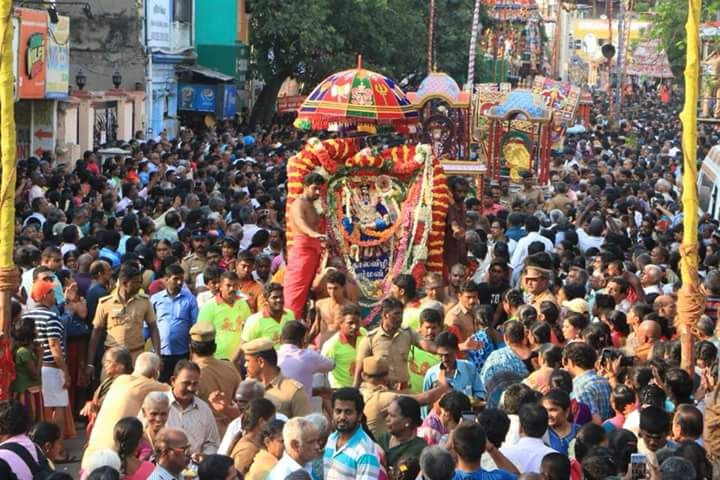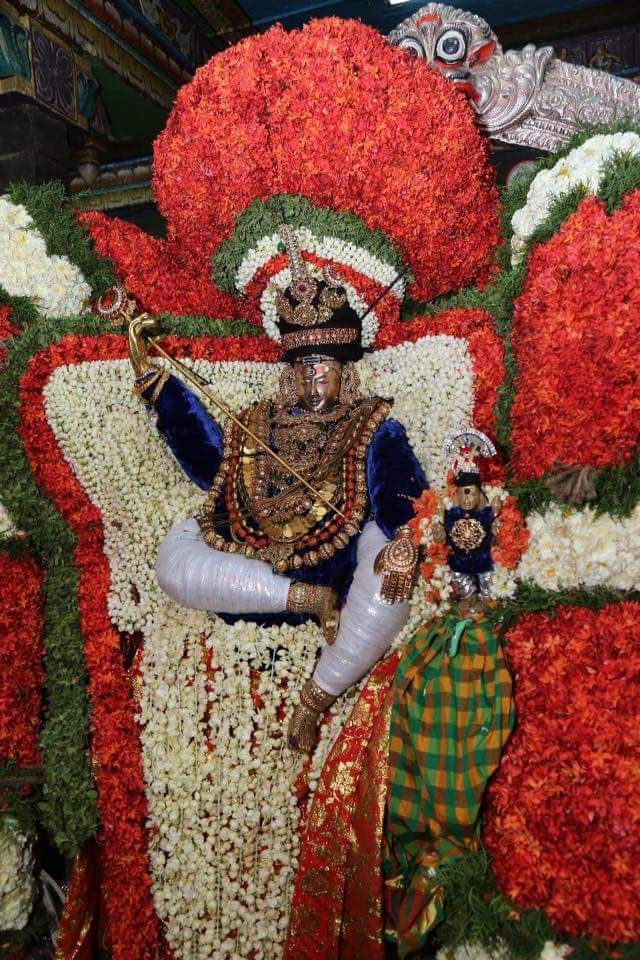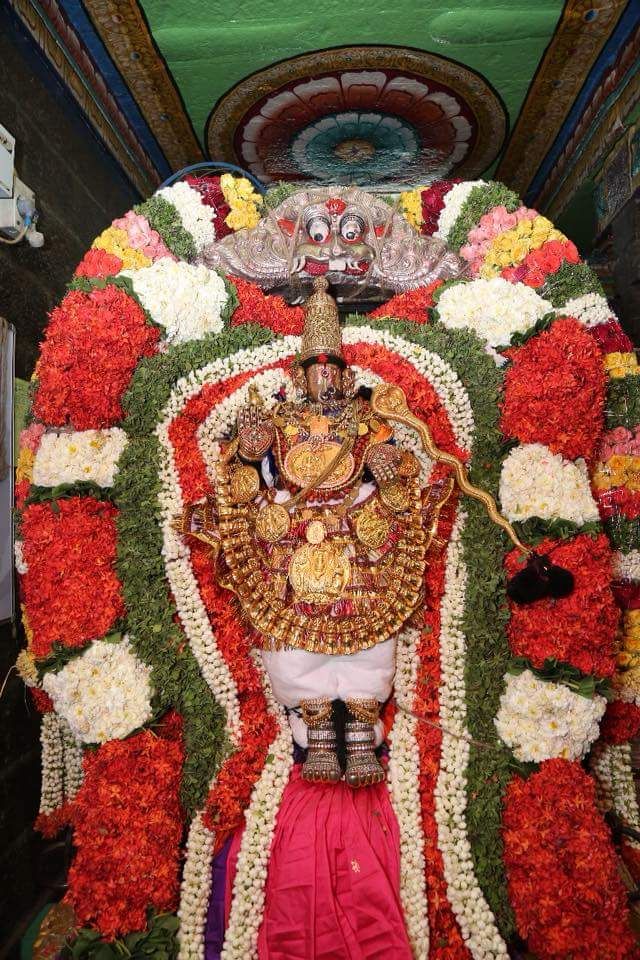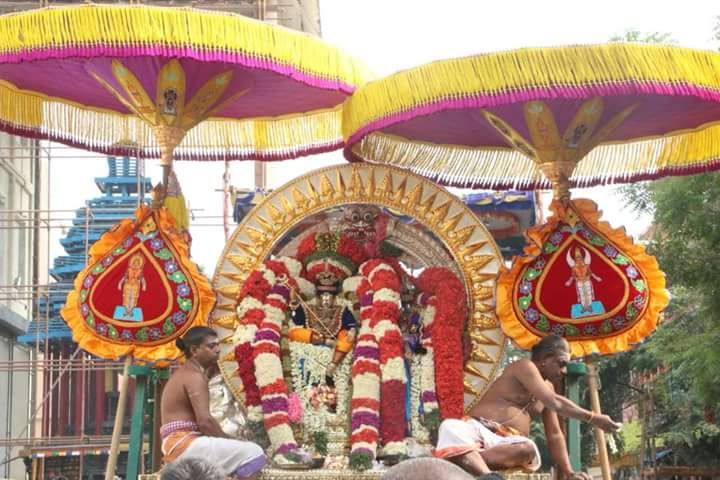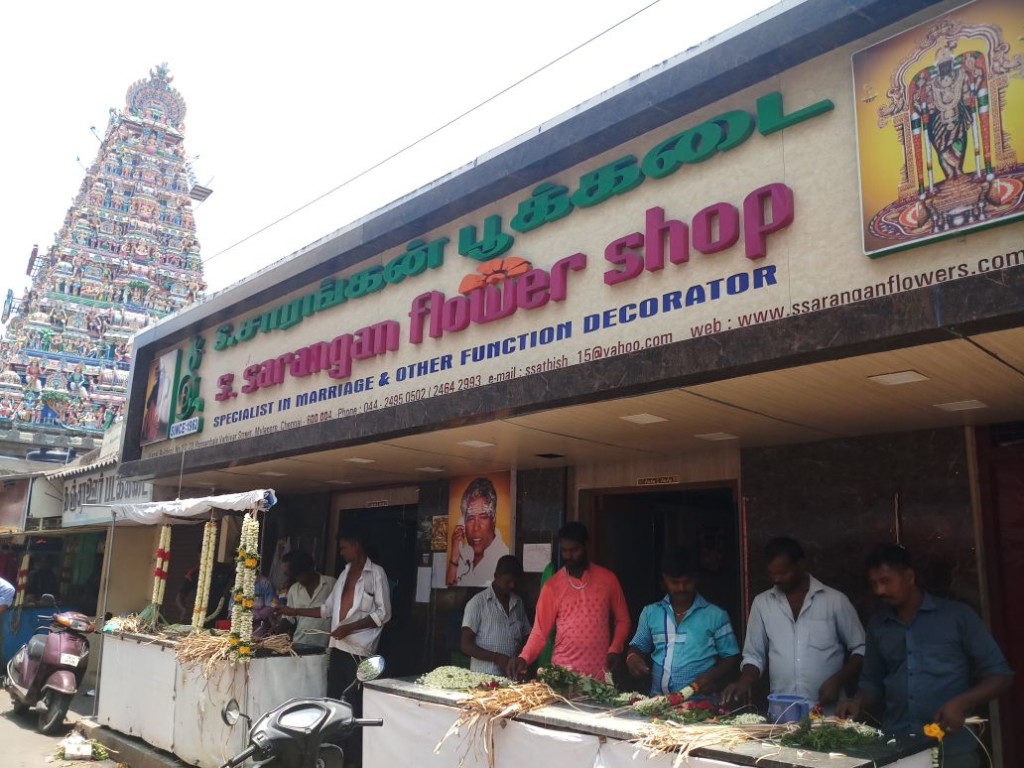You do not always have to travel outside geographical boundaries to experience travel. Just as it is important to journey outside and explore , it is also important to seek within and it was this thought that stayed with me as I thought of the city that has been my home for the past two and half decades.
Ironically, it has seemed to me that the city was more old fashioned and orthodox when it was called Madras. Chennai, though it sounds more regional, has actually made the city more modern in its outlook. There is so much character to each of the cities that we live in that we often take so much for granted when we are in the midst of it as participants. I have found that there is a fine blend of the old, the modern, the cultural and scientific spirit (seasoned with religious and linguistic flavour as is noticed in many other cities too) in Madras, and these come alive during important festivals and activities.
When urbanization claims a city, radical changes quickly colour the entire city and it readies itself for the sudden change of outfits literally and figuratively- pavadais and dhavanis led to lehengas and salwar kameezes. And yet, amidst all the change, the ones rooting for tradition cling on to the roots ever so tightly that at the time of festivities, the mask is removed and one gets a peep into the cultural history through the many layers that have wrapped themselves around the city.
Mylapore is a temple town where the grand old temple of Shiva, the Kapaleeshwara temple is housed – a temple pond, though dry mostly, is a reminder of the grand memories of a beautiful pond in the past. Old buildings, some rambling jostle around with the newly rich ones. Small shops modestly overlook the grand stores. And yet, during the Aravathimoovar (translated ‘the sixty three’ in Tamizh), it is these small stores that become the toast of the town- bangle sellers, potters, toy makers, all co-exist. The unmistakable fragrance of mallipoo blends with the strong smell of kaapi seeds being roasted. Somewhere a dosai is being roasted in ghee… The flower sellers occupy the adjoining lane that is closest to the temple- there are so many of them getting garlands ready for the deities, each one more beautiful than the other. Women dazzle in silk saris – some in traditional nine yards and the others in six yards. Yet there are many in salwar kameezes too!
The Sri Kapaleeshwarar temple in Mylapore ( a town that was dotted with peacocks or mayil and sacred groves) is considered the most sacred to the Shavaites. It is one of the oldest temples tracing its history back to several centuries (prior to 11th-12th C), but the present temple as it stands today was rebuilt about 300 years back feel the temple authorities. There is a punnai tree in the outer courtyard of the temple and this is one of the oldest trees in Madras. Beneath it, is a small shrine in which is commemorated the legend which bequeathed Mylapore its name. The sculpture in this shrine shows Goddess Uma in the form of a peacock worshipping Shiva as a lingam.
Around Panguni-Utthiram (March-April), the entire town takes on a celebratory mode. Panguni –Uthiram is celebrated as the wedding of Kapaleeshwarar (Shiva) and Karpagambal (Parvathy). As part of the celebrations, various deities are taken out in processions around the four mada streets of Mylapore. Streets wear a washed, clean look and every home has a beautiful kolam drawn in its courtyard. In fact kolams are drawn all over the street where the chariot is drawn in a procession. On each day, a different vahana (like God’s vehicle- Nandi) is taken on a procession too. The two main events which form the highlight of this festival is the Big Chariot Fest and the Aravathimoovar. A gigantic wooden chariot adorned with beautiful carvings, appliquéd fabric festoons, colourful cylindrical hangings called thombais, is drawn by hordes of people around the four streets adjoining the temple and taken in a procession. The other event called the Aravathimoovar is when the 63 cast bronze images of the Nayanmars (cannonised Shaivite saints) which normally adorns the outer yard of the temple is taken out in a procession in clusters in small Chapparams (small palanquin).
Devotees from all across the city flock to the temple to witness the grand event and all the streets seem like a sea of humanity with no place to move…
The fest comes to grand finale with the tirukalyanam (the divine wedding) of Kapaeeshwarar and Karpagambal. The festival goes on for ten days – beginning with the pandal kaal (sacred bamboo pole) being planted firmly in the ground to announce the commencement of festivities, the thaer (chariot) on the seventh day, the aravathimoovar on the eight day, Pichandi on the ninth day (when an angry Shiva takes a begging bowl and goes seeking alms, a patient Parvathy calms him and brings him back) and finally culminates in the wedding on the last day.
Many shopkeepers participate in the festivities each contributing in their own way. Says Satish of Sarangan Flower Shop :
“We feel very honoured and blessed to be participating in the floral decoration of stage for the wedding and creating the garlands for the divine couple.”
When the festivities end, once again Mylapore wears the look to welcome the new changes that have been well absorbed into its character.

